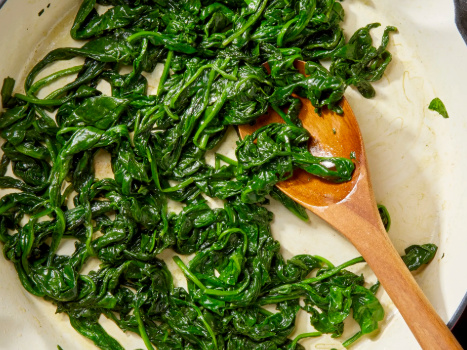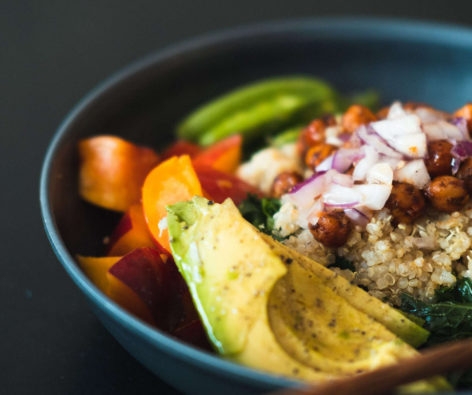
Spinach is often hailed as a superfood, packed with essential vitamins and minerals. It’s not only great for your health but can also be a flavorful addition to many dishes. While eating it raw is an option, sautéing spinach is a fantastic way to enhance its taste and nutritional value. If you’re looking to cook spinach the right way, this guide will help you achieve perfectly sautéed spinach every time.
Why Cook Spinach?
Spinach is loaded with nutrients, including vitamins A and K, iron, and folate, making it a fantastic addition to your diet. When cooked, spinach also becomes a rich source of beta-carotene. Sautéing it enhances its flavor, turning it from a bland side dish into a delicious and savory treat. Plus, cooking spinach can make it easier for your body to absorb its nutrients.
How to Sauté Spinach
To sauté spinach correctly, there are a few key steps to follow. The main goal is to avoid overcooking, which can make the spinach slimy or soggy. Here’s the best method to get it right:
- Heat the Pan and Oil
Start by heating your pan on medium-high heat and adding a bit of olive oil. Let the oil get hot before you add the spinach. This helps to sauté the leaves without making them soggy. - Add Spinach in Batches
Instead of throwing all the spinach into the pan at once, add it in batches. Start with one handful at a time, and as the spinach begins to wilt, add more. This method prevents overcrowding, allowing the spinach to cook evenly. - Stir Regularly
As you add each handful, stir the spinach gently. This will help it wilt evenly and release any excess moisture. Keep stirring to ensure the liquid evaporates and doesn’t make the spinach soggy. - Season to Taste
Once the spinach is completely wilted and a vibrant green color, it’s time to season. A pinch of salt, pepper, and a dash of lemon zest can elevate the flavor. If you enjoy a bit of garlic, adding minced garlic to the pan just before the spinach wilts can bring an extra layer of flavor. - Drain Excess Water
Spinach can release a lot of water when cooked. To avoid watery spinach, make sure to drain any excess moisture before serving.
Health Benefits of Sautéed Spinach
Eating spinach regularly offers numerous health benefits. It’s packed with nutrients that can support your immune system, promote hydration, and help maintain healthy skin and eyes. Additionally, spinach is low in calories and high in fiber, which can help with weight management by curbing your appetite.
For those managing high blood sugar, spinach can help regulate blood sugar levels. It’s also beneficial for bone health, reducing the risk of osteoporosis, and improving iron absorption to prevent iron-deficiency anemia. Incorporating spinach into your diet can have long-term benefits for overall health.
Tips for Making Your Spinach Taste Amazing
To make your sautéed spinach even better, consider the following tips:
- Use Olive Oil: Olive oil is a must for sautéing spinach. It adds flavor and helps the spinach cook evenly.
- Don’t Overcook: Sauté the spinach just until it wilts and becomes bright green. Overcooking can lead to mushy, unappetizing spinach.
- Add Garlic: If you love garlic, adding it during the last minute of cooking will infuse the spinach with extra flavor.
- Top with Extras: For an elevated dish, sprinkle some grated Parmesan cheese and toasted pine nuts on top before serving.
Conclusion
Sautéing spinach is a simple, quick, and healthy way to prepare this nutritious vegetable. By following these tips and techniques, you’ll create perfectly cooked spinach that enhances any meal. Whether you enjoy it as a side dish or mix it into other recipes, sautéed spinach can be a delicious and nutritious addition to your diet.










